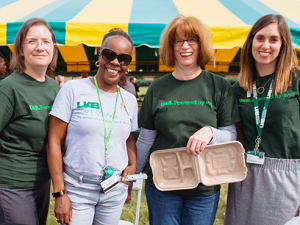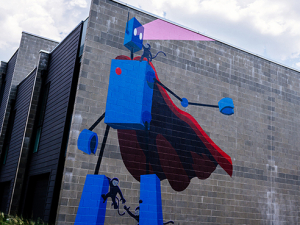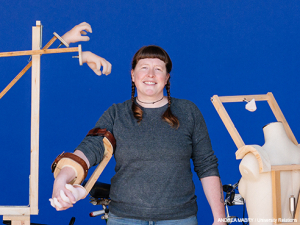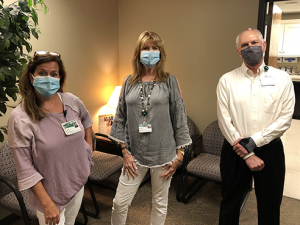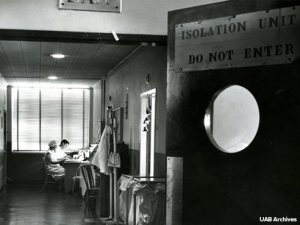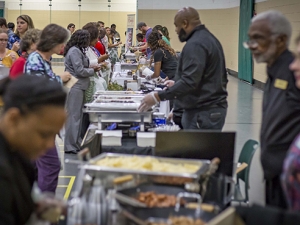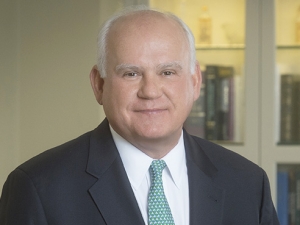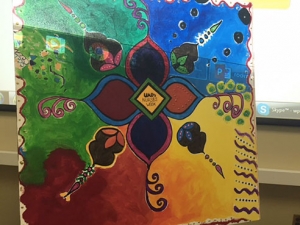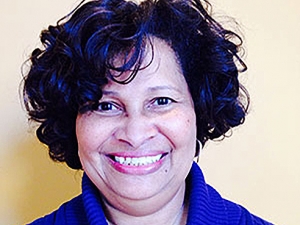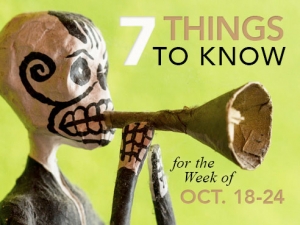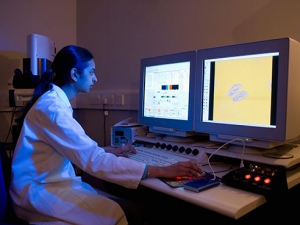Staff Council nominations open through May 15
Know a staff member who represents UAB’s values so well they should do so in an official capacity? Nominate them to be a UAB Staff Council representative for their organizational unit.
Trial to rapidly identify and treat the immune overreaction that may be behind some cases of severe COVID-19 is made possible through UAB Medicine’s Urgent COVID-19 Clinical Research and Laboratory Research Fund.
Coronavirus antibody testing now is available at UAB. Here’s what that means — and what it doesn’t.
Antibody testing can reveal if a person has been exposed to the novel coronavirus in the past. More research needs to be done before we know if that means they are “protected” from COVID-19.
Find the perfect colorful distraction along downtown’s historic Morris Avenue, hidden on campus and in the bustling northeast Birmingham neighborhood of Avondale.
With little more than a smartphone and his rock collection, Scott Brande, Ph.D., has captured the attention of geology educators worldwide. A new NSF grant is allowing him to expand — and explore what happens when hands-on instruction goes online.
Educating new primary care physicians about effective treatments for opioid use disorder in partnership with Cahaba Medical Care.
Sculptor designs, builds ‘interactive contraptions’ from everyday materials to simulate human connections
Assistant Professor Stacey Holloway combined silicone molds of her own body with doorstops, rubber bands, an old record player and more to create prosthetic devices that mimic physical connections in these days of social distancing.
See how Blazers are working well in midst of COVID-19 crisis
 Get a glimpse into how employees are continuing their unique and important work during UAB’s limited business operations.
Get a glimpse into how employees are continuing their unique and important work during UAB’s limited business operations.
Is U-BRITE 2.0 right for you?
Just in time to tackle COVID-19, the Informatics Institute launches a bigger, more capable version of its team-science data platform.
Protecting UAB Hospital patients is no isolated effort
 In 1960, many incoming patients were first admitted to the Isolation Unit before transferring to another ward; there were fewer antibiotics at the time, and undiagnosed infections were more prevalent. Today, protecting patients in the time of coronavirus takes an even more complex and multilayered approach — including visitation restrictions and the use of negative airflow rooms.
In 1960, many incoming patients were first admitted to the Isolation Unit before transferring to another ward; there were fewer antibiotics at the time, and undiagnosed infections were more prevalent. Today, protecting patients in the time of coronavirus takes an even more complex and multilayered approach — including visitation restrictions and the use of negative airflow rooms.
